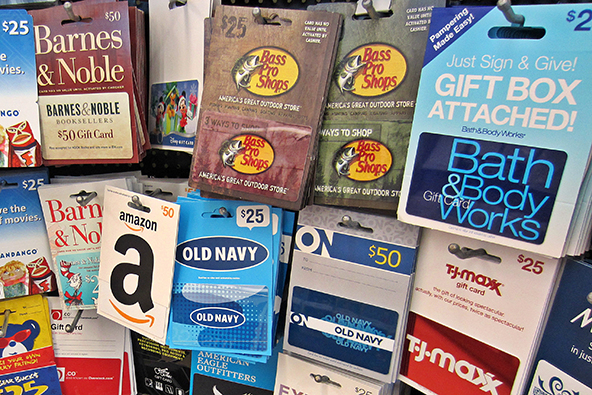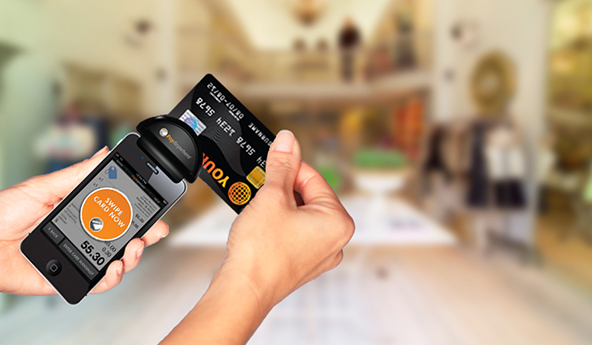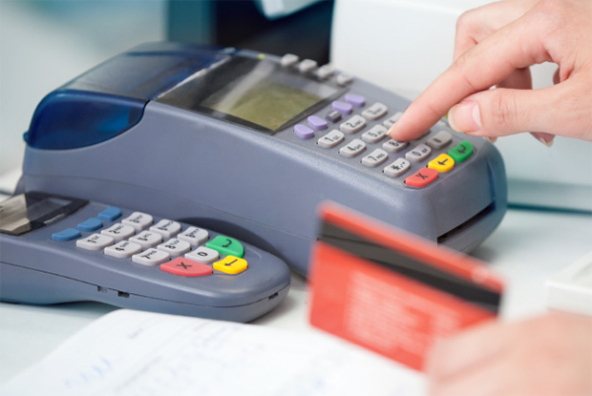Prepaid vs. Debit: Which One Is Better?

Prepaid cards have been in the news quite a bit lately and not least thanks to the controversy surrounding Suze Orman’s prepaid card. This latest dust-up confirmed my belief that the vast majority of consumers are very poorly informed about this type of payment product, a fact which unfortunately Orman tried to exploit.
So when this morning I read yet another news headline praising prepaid cards as a “Safe, Secure and Cost Effective Way to Manage” personal finances, I instinctively prepared myself to be underwhelmed by what followed. I was proved correct. The author was citing some dubious statistics, attempting to convince us that prepaid cards are a much cheaper alternative to a low-balance checking account, but the numbers simply didn’t add up.
The Case for Prepaid
By the way, I should first say that I’m referring to a press release issued by the Network Branded Prepaid Card Association (NBPCA), so of course we should be expecting them to be praising the virtues of prepaid cards and that’s perfectly fine. Yet, that doesn’t give them a carte blanche to say anything they please.
Anyway, here is NBPCA’s argument:
Stacked up against low-balance checking accounts, the yearly cost of using a prepaid debit card is less.
Then they bring up a study from a consulting company — Bretton Woods — to back up their claim. So here are the cost-comparison numbers that are supposed to convince us:
|
Payment Method |
2009 |
2010 |
||
|
Low |
High |
Low |
High |
|
|
Cash |
$167.00 | $312.60 | $139.68 | $719.64 |
|
Basic Bank Checking Account |
$204.00 | $353.40 | $218.35 | $314.00 |
|
Prepaid Card without Direct Deposit |
$214.68 | $320.15 | $184.35 | $380.15 |
|
Prepaid Card with Direct Deposit |
$108.35 | $207.35 | $76.35 | $261.35 |
Furthermore, we are told that “[t]he reloadable prepaid card costs would decrease after the first year by the amount of the activation fee.”
As soon as I read these numbers, I knew that this just couldn’t be right. This report is covering 2009 and 2010 and is taking its checking account numbers from just four banks: Bank of America, Citibank, JP Morgan Chase, and Wells Fargo, which for the most part were offering free checking back then. So how is it possible then that a checking account with these banks would have cost users a minimum of $218.35 in 2010?
The Numbers Are What You Make of Them
Well, the Breton Woods researchers tell us that the $218.35 2010 checking account usage cost is calculated for a “usage profile” that is “relevant for a consumer to meet their basic transactions needs.” A cardholder fitting this profile would participate into the following transactions:
- 3 ATM withdrawals.
- 3 bill payments (rent, utilities and phone).
- 8 point of sale purchases (groceries and meals once a week).
- 4 balance inquiries.
- 2 deposits/loads.
Well, but these things were and still are free for account holders at the four banks under examination. So the question remains: where does the $218.35 number come from?
Eventually we discover the culprit and it’s a familiar one: overdraft fees. We learn that “active household users of overdrafts incur more than four overdrafts per month, or 51 per year.” So, for good measure, the researchers “include five overdrafts per year” in their usage profiles.
You just can’t do that. I’m not sure exactly what their definition of “active household users of overdrafts” is, but whatever it is, it does not encompass the entire group of checking account users, far from it. So, if anything, the usage profile should be the victim of fewer overdrafts than an “active household user,” not more.
I wasn’t able to find another source of checking account fees in the report, so it all seems to come down to overdraft.
And as far as the numbers for prepaid costs are concerned, it is very difficult to verify them. It is possible that the lowest annual usage cost will be $76.35, but the average will certainly be much, much higher. Just take a look at the pricing disclosures for each of the prepaid cards under examination here — AccountNow, Green Dot Visa/MasterCard, NetSpend Visa, ReadyCard, RUSHCARD and Walmart MoneyCard Visa — and you’ll see what I mean.
The Takeaway
Prepaid cards definitely have a place in our financial system and it is true that their quality has been improving, as issuers have been trying hard to steer their customers away from debit cards, which in the wake of the Durbin Amendment have become a poor source of revenue for them. However, even today’s high-quality prepaid cards are loaded with fees that would be triggered if the cardholder does or fails to do something. This is why Suze Orman tells us that her card would cost users “[o]nly $3.00 a month if you use it how I tell you to.” The problem is that the “unbanked,” who make up the vast majority of prepaid users, have been cut out of the system precisely because they weren’t doing what they were told.
So prepaid is still the best card only if no other option is available to you. Checking accounts and the debit cards linked to them are still a much better alternative for consumers with access to the financial system, even if they have to pay a monthly fee for it.
Image credit: Flickr / 401(K) 2013.


